
We don’t talk about poop, nor look at it ( maybe a quick glance before it is swished away) , nor do we want to smell it. Yet poop is one of the most important indicators of health! Ever since I have been studying Ayurveda, I check my poop daily. Yes, I have become poop obsessed! If you come to me to see me or any other Ayurvedic Practitioner for that matter, you will get lots of questions about your poop among other things. Your poop is a treasure trove of information ! It can tell you a lot about the quality of your digestive health, your digestive fire (agni), metabolism & if you have ama ( toxic build-up).
When your digestive fire (agni) is incorrect, then the food you eat will not be digested properly. The result of this incorrect digestion is the accumulation of gunk called ama ( toxins) in the GI tract . If the digestion is not corrected and the ama continues to accumulate, then it will overflow from its site in the stomach into other parts of the body:
a) Flow of ama into the blood vessels & skin can cause eczema, acne, psoriasis and gout;
b) Flow of ama in the joints and what is called marmasti , can cause ailments such as arthritis, osteoporosis and enzyme disorders such as infertility, obesity, diabetes and cellulite;
c) Flow of ama into the abdominal area can cause ailments such as peptic ulcers, gastritis, abdominal distension, constipation and irritable bowel syndrome (IBS).
If the ama is left to continue through the pathways unchecked, then it will eventually saturate the tissues of the body and can lead to serious illnesses like cancer.
By doing yoga according to your constitution, eating according to your constitution, using specific spices and herbs you can bring your digestion back to its correct level improving your agni, ,appetite and overall health. Once you k now what to look for, you can tweek your diet & lifestyle accordingly based on your dosha ( your constitution)
a) Flow of ama into the blood vessels & skin can cause eczema, acne, psoriasis and gout;
b) Flow of ama in the joints and what is called marmasti , can cause ailments such as arthritis, osteoporosis and enzyme disorders such as infertility, obesity, diabetes and cellulite;
c) Flow of ama into the abdominal area can cause ailments such as peptic ulcers, gastritis, abdominal distension, constipation and irritable bowel syndrome (IBS).
If the ama is left to continue through the pathways unchecked, then it will eventually saturate the tissues of the body and can lead to serious illnesses like cancer.
By doing yoga according to your constitution, eating according to your constitution, using specific spices and herbs you can bring your digestion back to its correct level improving your agni, ,appetite and overall health. Once you k now what to look for, you can tweek your diet & lifestyle accordingly based on your dosha ( your constitution)

How to Be Your Own Poop Detective:
Toxic Build-Up
Q. So when you poop, does it float or sink? Do you have to use a brush to clean the toilet?
A. If it heavy and sinks when you flush , and you’ve got to use the brush, then you have ama. If your poop floats you’ve got fat in it and if it semi-floats and flushes without staining. Hooray! You’ve got the perfect poop!
Take The Poop Race Test:
To check how long it takes stuff to get from when you eat to when you poop, eat some baked beets on an empty stomach and time how long it takes to come out the other end. Less than 24 hours is what we are looking for. If it takes longer, then things are stagnant and have more time to putrefy and rot in your digestive tract. It might be time to eat more veggies and focus on feeding your healthy bacteria.
Check out the chart below. If you have any of the characteristics pertaining to one of the constitutions, you can do a dosha pacifying diet:
Toxic Build-Up
Q. So when you poop, does it float or sink? Do you have to use a brush to clean the toilet?
A. If it heavy and sinks when you flush , and you’ve got to use the brush, then you have ama. If your poop floats you’ve got fat in it and if it semi-floats and flushes without staining. Hooray! You’ve got the perfect poop!
Take The Poop Race Test:
To check how long it takes stuff to get from when you eat to when you poop, eat some baked beets on an empty stomach and time how long it takes to come out the other end. Less than 24 hours is what we are looking for. If it takes longer, then things are stagnant and have more time to putrefy and rot in your digestive tract. It might be time to eat more veggies and focus on feeding your healthy bacteria.
Check out the chart below. If you have any of the characteristics pertaining to one of the constitutions, you can do a dosha pacifying diet:
Other Indicators ( please see a doctor immediately if you have any of the indications below that are anything other than from something you ate or drank)
Odor:
If it is offensive, there are toxins present.
Garlic, onions and eggs may cause an offensive odor due to sulphur content.
Musky odor may indicate pancreatitis,
Fermented odor due to alcohol or undigested carbs
Rancid may be a sign of a peptic ulcer
Pungent: due to spicy foods in upper GI tract.
Other Color Combinations & Possible Indications
Dark: may be from meat, red wine or dark colored foods.
Tarry Black: peptic ulcer or upper GI bleeding
Brownish: typical mixed diet
Green: gallstones
Greenish yellow: liver disorders
Yellow: undigested fat
Red: bleeding due to hemorrhoids, rectal cancer, ulcerative colitis, typhoid fever phosphate poisoning, cirrhosis or may be red due to eating red meat, rhubarb, red cabbage, beets & carrots
Clay colored: obstructive jaundice
Other Shapes:
Pencil shape: may be an indication of rectal cancer
Bulky and Large: taking some kind of fiber
Ribbon shaped: spastic colitis
Check out the perfect poop to strive for in this video of Dr. Oz on Jimmy Kimmel Live:
Odor:
If it is offensive, there are toxins present.
Garlic, onions and eggs may cause an offensive odor due to sulphur content.
Musky odor may indicate pancreatitis,
Fermented odor due to alcohol or undigested carbs
Rancid may be a sign of a peptic ulcer
Pungent: due to spicy foods in upper GI tract.
Other Color Combinations & Possible Indications
Dark: may be from meat, red wine or dark colored foods.
Tarry Black: peptic ulcer or upper GI bleeding
Brownish: typical mixed diet
Green: gallstones
Greenish yellow: liver disorders
Yellow: undigested fat
Red: bleeding due to hemorrhoids, rectal cancer, ulcerative colitis, typhoid fever phosphate poisoning, cirrhosis or may be red due to eating red meat, rhubarb, red cabbage, beets & carrots
Clay colored: obstructive jaundice
Other Shapes:
Pencil shape: may be an indication of rectal cancer
Bulky and Large: taking some kind of fiber
Ribbon shaped: spastic colitis
Check out the perfect poop to strive for in this video of Dr. Oz on Jimmy Kimmel Live:




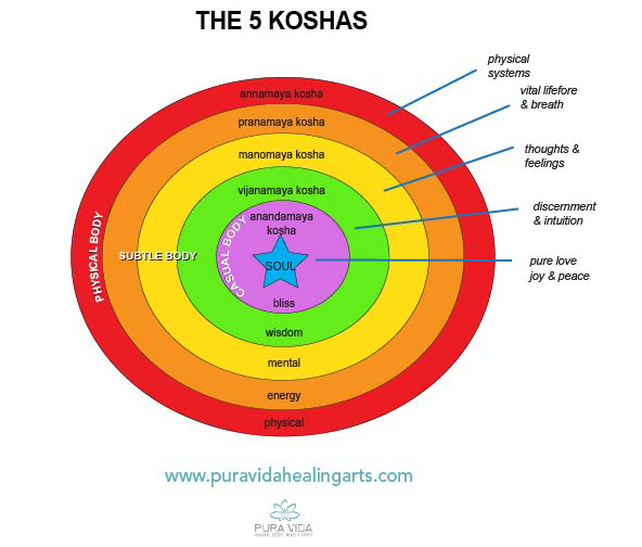

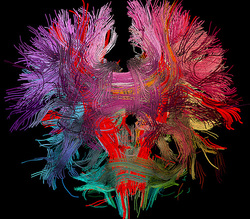



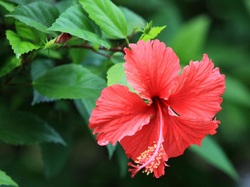
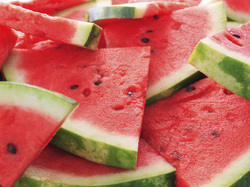
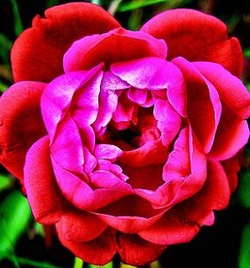

 RSS Feed
RSS Feed
